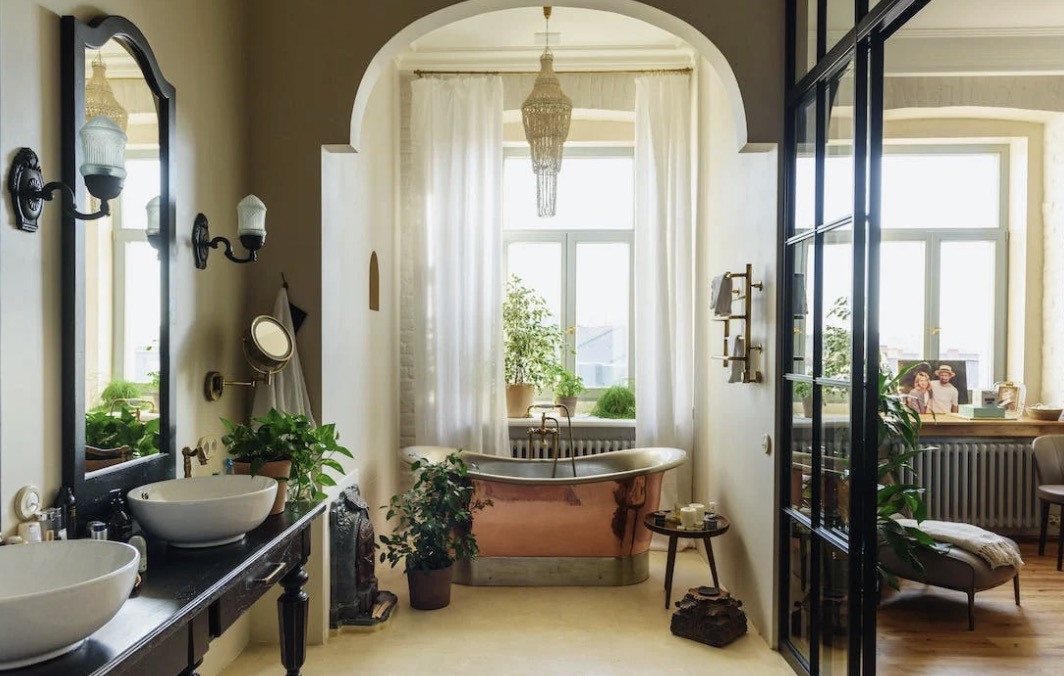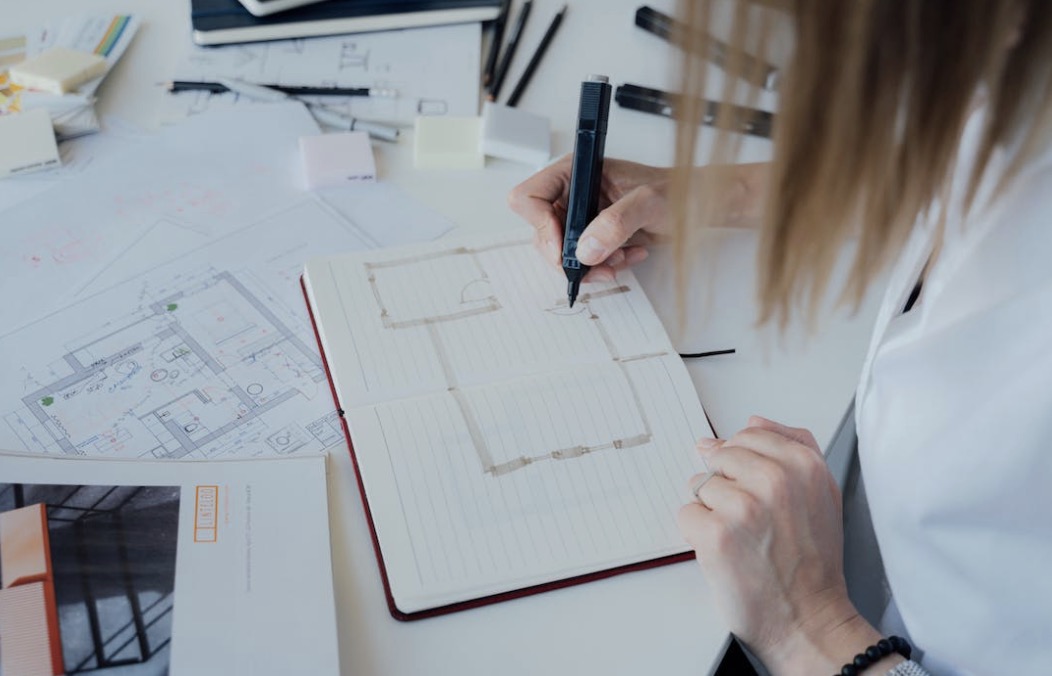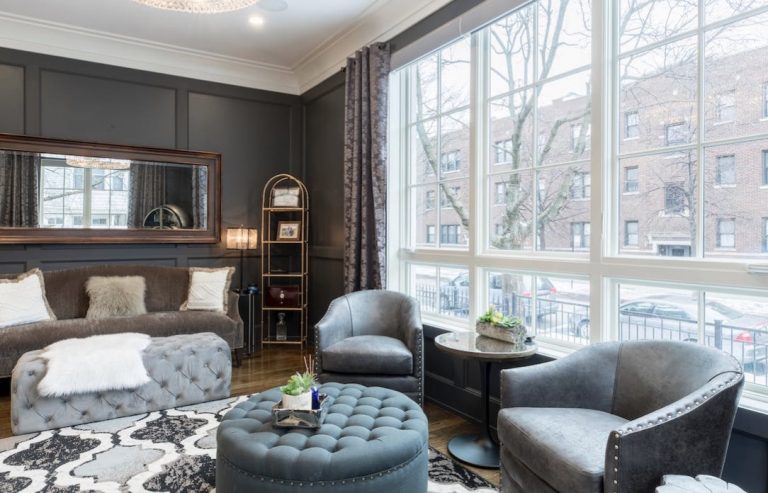Indeed, the importance of choosing the right materials and finishes for any interior design project cannot be underestimated. They can help you create a visually appealing, functional, and harmonious space by combining aesthetics, durability, maintenance, and functionality. But with so many options, settling on the right ones can be daunting, especially if it’s your first time. To help you navigate the process, here are the best tips for choosing materials and finishes for your home’s interior design.
Story Stages
1. Understand your requirements
Depending on your taste, style, and preferences, you probably have specific requirements for your interior finishings. And if you’re not sure what your requirements are, take the time to think about it. What type of interior atmosphere do you want to walk into? Do you like a lot of texture, or do you prefer plain surfaces? How about color? Are you ready to combine several themes or prefer something more monochrome? Answering these questions can give you a fair idea of your desired end result. You can also check out various interior design blogs, videos, pictures, and social media pages for inspiration, so keep this in mind.
2. Create an interior design vision board.
After gathering all the necessary information, you should have enough material to create an interior design vision board. This helps you create a clear, focused intention before applying your design ideas. You can create a digital or physical vision board, depending on which one you find more appropriate. You can even do both if you prefer. Online platforms like Pinterest will allow you to assemble all your pictures onto one page. But you can also create a dedicated file or folder on your smartphone and desktop containing inspirational screenshots, snapshots, and videos.
3. Make sure your design is consistent.
Regardless of your materials and finishes, you should ensure a consistent design throughout your living space. Even if you want to try different themes for different rooms, it’s best to ensure cohesion to prevent a cluttered and disorganized look. That means selecting design elements that work well together, creating a seamless transition from one space to another. Thanks to your vision board, you can envision each room’s appearance. Now, think about the overall style of each room and how to add other design elements to enhance their looks.
4. Consider durability and maintenance requirements
Aesthetics are important, but maintenance and durability are equally crucial. You may create a beautiful interior finish, but you’ll only be left with costly repairs and regular replacements if you use poor-quality materials. You should also have an interior finish that is easy and cheaper to maintain., so keep this in mind There’s no relevance in having a fabulous interior space when maintaining it always drains your wallet. The more durable and easy to maintain your materials are, the longer the lifespan. For example, installing carpets may be easy, but they may also be prone to stains and wear and tear. That said, carpets may not be ideal if you have a large family and pets. Instead, consider more appropriate options like vinyl, laminate, and cork flooring.
5. Consider each room’s functionality

Access and functionality are also key when determining what materials and finishings are for your interior decor. For rooms or spaces that attract high traffic, you should invest in materials that will handle the pressure of regular use while remaining easy to clean. Consider using water-resistant materials like quartz countertops and ceramic tiles for kitchens and bathrooms. But when it comes to more formal and decorative areas, you can prioritize aesthetics without losing sight of functionality. For example, your living room, home office, and studio spaces can boast more elaborate designs, so keep this in mind. However, it’s still important to prioritize functionality.
6. Choose the right colors for different surfaces
When choosing specific colors on your vision board, ensure they interact perfectly with each surface. Believe it or not, hues react differently when applied to different surfaces. Blue, for example, will have a different look on wood compared to a fabric surface. To reduce the risk of errors, test various hues and surfaces at home first. This way, you’ll observe their effect when light affects them and how they complement other colors. And while some combinations may look perfect on your vision board, remember that the hues on your screen are not necessarily those you’ll see on your walls and other surfaces. And don’t be afraid to experiment with different shades before deciding what works best for what surface. However, you can opt for neutrals with a pop of color to have a sophisticated home without taking huge risks, so feel free to consider this.
7. Look at the natural lighting effect
As indicated in the previous point, light can influence a color’s appearance. Therefore, consider the natural lighting in each room before choosing your design materials. If a room receives a lot of natural light, there’s no need to buy reflective materials, as that may make your room brighter than necessary. On the other hand, a room that receives little to no natural light will need design materials that can reflect the little light it receives. This way, you won’t create a dull-looking and dark space. And why is this important? Natural light impacts how a room looks and feels. It also boasts several health benefits. For starters, it can improve your mood while reducing anxiety and stress. Likewise, boosting your concentration can increase your productivity, so keep this in mind. Natural light is also friendly on the pocket; you don’t have to leverage artificial lighting constantly. This way, you can reduce your utility bills.
8. Consider their compatibility with other existing materials and finishes
Before buying any design material for finishing your home’s interior, it’s important to consider their compatibility with the existing ones. As mentioned, color reacts differently when applied on different surfaces. However, other factors like texture, style, and durability are also crucial. Regarding texture, for example, the new materials should balance well with existing ones at home. This way, you’ll avoid creating an out-of-place look. You should also choose materials that flow seamlessly with your home’s aesthetic style to ensure a cohesive design.
9. Think about the ease of installation
Indeed, your installation process should be smooth, efficient, and easy. The less time and effort it will take to pull off the interior design you want, the less money you can expect to spend throughout the process. Whether you’re handling the project yourself or working with a professional, it’s best to consider the ease of installation. This will save you time and labor expenses, reduce potential disruptions, and ensure the project does not fall off its timeline. It’s worth noting that using easy-to-install materials will reduce labor time for professionals, meaning your costs will fall. And if you’re taking the DIY approach, you won’t need specialized tools or expertise to complete your project. For example, using wood planks for walls and ceilings will make your project a breeze, especially if they come with easy-to-use adhesive strips. But that’s not all; materials with straightforward installation procedures will also make it easier to avoid mistakes than complex or intricate options, so feel free to consider this.
10. Don’t forget about sustainability
Don’t forget to minimize environmental impact and promote responsible consumption with your interior design project. Sustainable materials and eco-friendly finishes are sourced and manufactured in ways that reduce resource depletion. They also minimize pollution and promote ecological balance. Materials like hemp, bamboo, hardwood, and other recycled materials can all be renewed. Plus, they don’t compromise style or quality. Not only will you have a beautifully-designed home interior, but you’ll also be contributing to a healthier planet and supporting sustainable practices. And thanks to tech upgrades and recent improvements, most sustainable materials offer long-term value. That’s because they are designed to be durable, energy-efficient, and low maintenance.
11. Work with a professional

You will save yourself a lot of stress, delays, and mistakes if you seek professional help. Of course, it’s understandable that you want to cut costs as much as possible, but that will only work if you know what you’re doing. But if this is your first time choosing materials and finishings for your interior space, it’s best to work with a professional. You’ll be surprised by how much money you’ll end up saving. Plus, you can rest assured that you’ll get the desired design results, so keep this in mind. So, who do you work with? You can consult an interior designer, architect, color, or material expert. These professionals will give you valuable insights and guidance tailored to your project. They will factor in your home’s uniqueness and help you make informed decisions while avoiding expensive potential pitfalls.
Your home’s interior design can beautify your home while increasing its functionality. Moreover, it can boost your property’s value, so feel free to consider this. Investing in the right materials is a great way to ensure a top-notch interior design. Hopefully, these tips will help you achieve the desired outcome.
